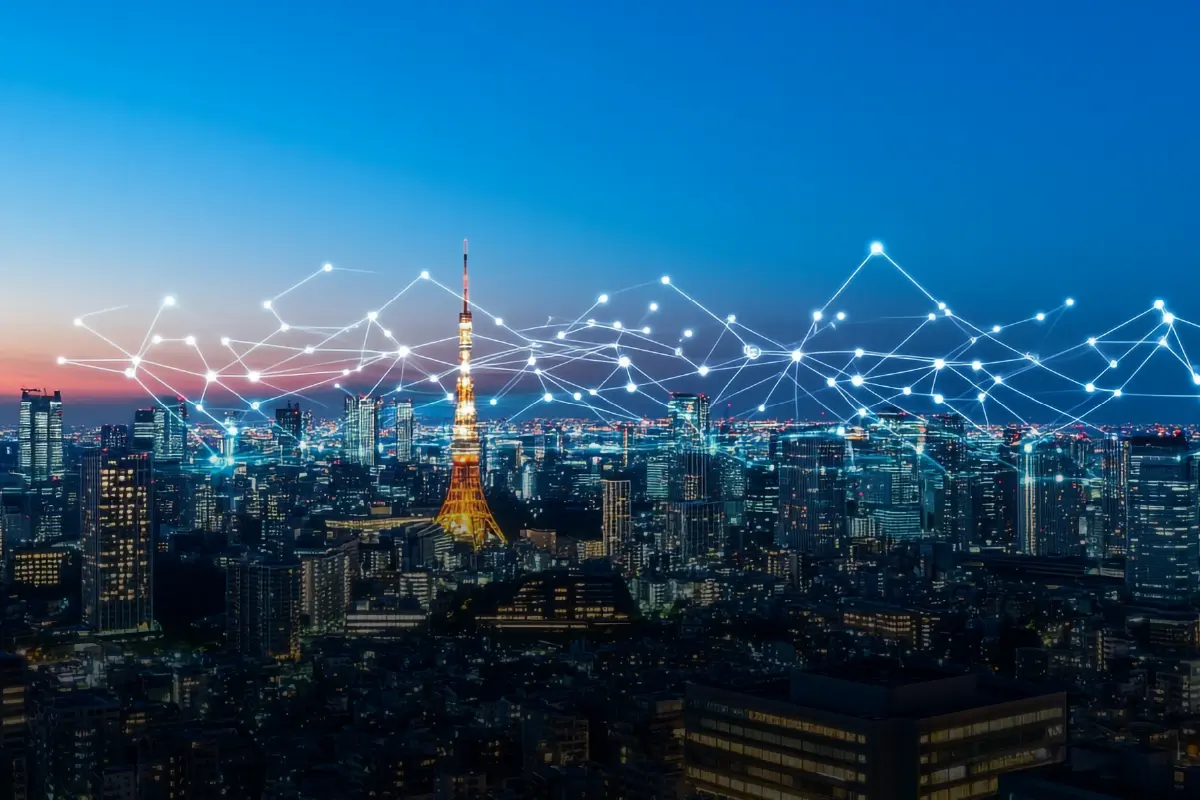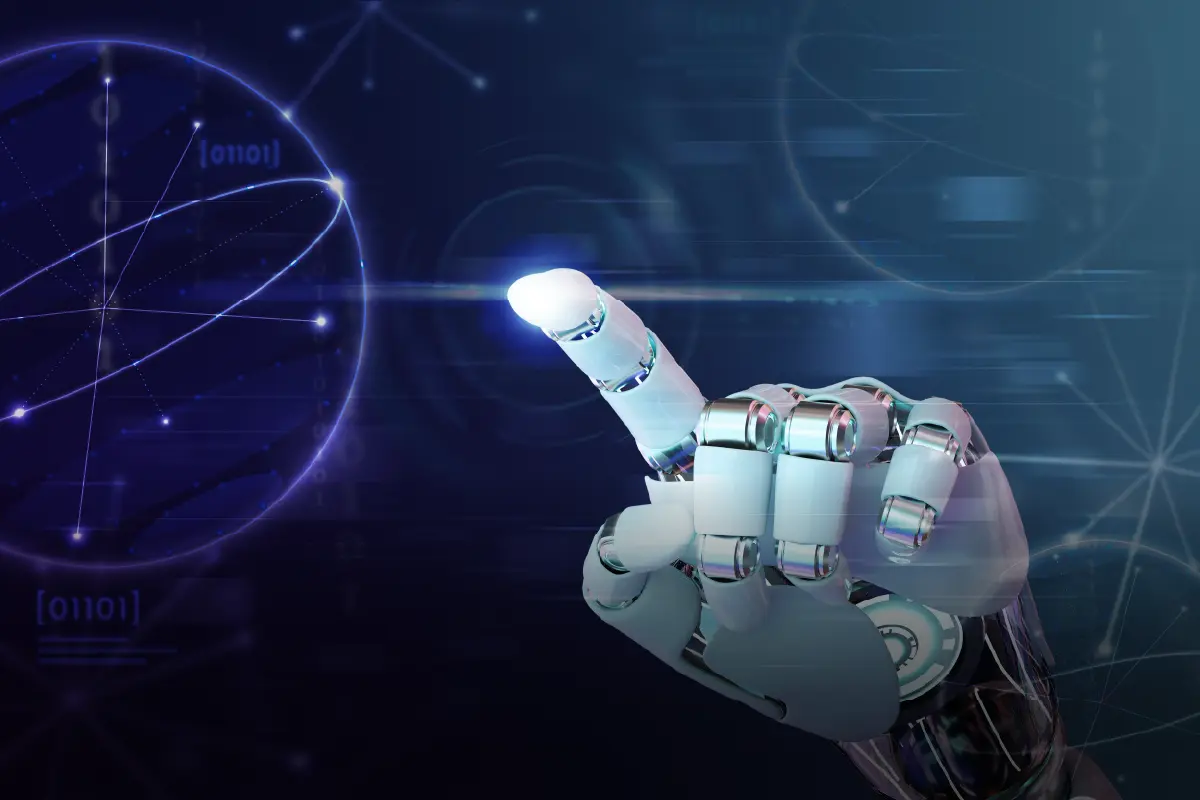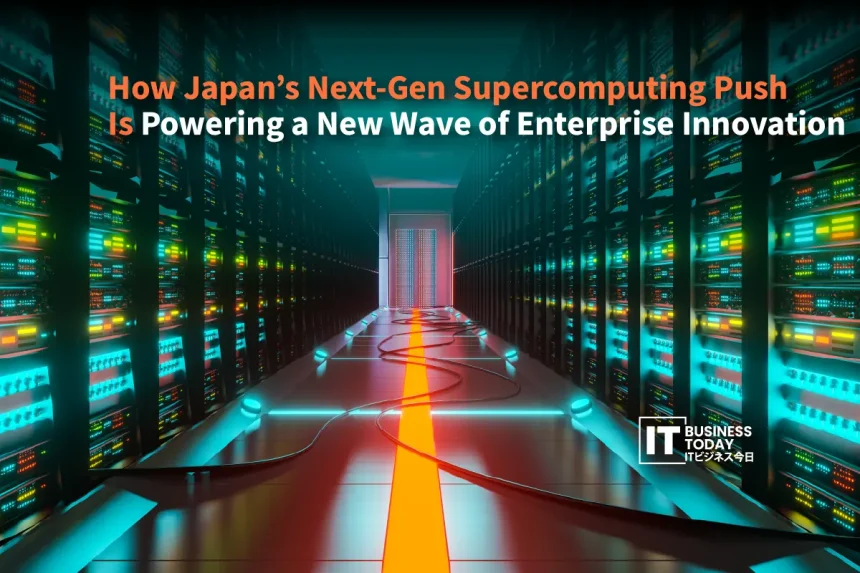Japan’s Next-Gen Supercomputing race was never just about breaking speed records. The world once measured success in raw FLOPS, the sheer number of calculations per second. Now the question has changed. It’s not how fast you compute, but what that speed can actually do for people, industries, and economies. That’s where Japan is rewriting the playbook.
The country’s new Next-Gen Supercomputing push goes beyond the legacy of Fugaku. It’s stepping into the era of hybrid systems where AI and HPC work side by side. Projects like FugakuNEXT, ABCI 3.0, and upcoming quantum integration show how Japan is merging scientific strength with real-world usability.
This shift isn’t just technical. It’s strategic. Japan is building sovereign, AI-integrated supercomputing infrastructure to secure its technological independence and global competitiveness. The goal is clear, to turn computation into innovation and use it as fuel for the next big leap in enterprise transformation worldwide.
Also Read: How Augmented Reality Is Transforming E-Commerce into Immersive Brand Storytelling
The Foundation Behind Japan’s Supercomputing Leap
Fugaku wasn’t just built to chase benchmark titles. It was co-designed by RIKEN and Fujitsu with application developers in the loop, tuned for real-world use instead of theoretical bragging rights. That collaboration made it powerful enough to handle everything from pandemic modeling to industrial simulations that actually drive outcomes. It became proof that high-performance computing only matters when it solves problems people care about.
Now Japan is taking that philosophy forward. In June 2025, Fujitsu confirmed its contract with RIKEN to design FugakuNEXT, the next-generation flagship system. The plan is to push performance further while keeping the same principle alive, real impact over raw numbers.
Meanwhile, the National Institute of Advanced Industrial Science and Technology’s AI Bridging Cloud Infrastructure (ABCI) is tearing down barriers for businesses. By offering supercomputing power as a cloud service, it lets startups and enterprises tap into extreme-scale computing without owning the hardware.
All of this feeds into Japan’s larger play for sovereign AI infrastructure. Developing homegrown language models and foundational systems on domestic supercomputers keeps national data secure and innovation under local control. Together, these moves show how Japan’s Next-Gen Supercomputing effort is designed not for hype, but for long-term enterprise power and digital independence.
The Innovation Engines Powering Japan’s Enterprise Transformation

High-performance computing isn’t just living in research labs anymore. It’s showing up in boardrooms, factories, and hospitals. Japan’s big tech players are using it to rebuild how industries work from the inside out.
In pharma and biotech, supercomputers are cutting years off drug discovery. They run molecular dynamics and quantum chemistry simulations that used to take months in hours. The Tokyo-1 Generative AI Supercomputer, powered by Mitsui and NVIDIA, is built entirely for this mission. It trains models that predict molecular behavior faster and more accurately, helping Japan close its long-standing ‘drug lag’ problem. The result is faster clinical pipelines and quicker access to new treatments.
In advanced manufacturing, the focus is on creating digital twins, virtual replicas of machines, factories, and entire systems. These simulations test every variable before metal ever meets the floor. Japan’s post-Fugaku strategy makes this mainstream, letting industries simulate aerodynamics, stress, and material behaviors at a scale never seen before. NEC’s August 2025 breakthrough, where its AI can recognize work tasks from video feeds across multiple cameras without pre-training, adds another layer. It brings real-time feedback and automation to industrial sites, lowering R&D costs and improving precision.
And then there’s resilience. Japan doesn’t have the luxury of ignoring natural disasters, which is why its supercomputing agenda doubles as a national shield. Advanced weather and climate modeling feed directly into energy grids, transportation systems, and construction planning. Real-time simulations help firms design smarter, safer infrastructure and strengthen their business continuity plans.
SoftBank’s latest joint venture with OpenAI in November 2025, ‘SB OAI Japan,’ ties it all together. By rolling out enterprise AI agents, it is helping businesses automate complex decision-making, turning raw data into operational intelligence.
Each of these moves pushes Japan’s enterprise ecosystem into a future where supercomputing isn’t abstract power, it is practical, sector-shifting intelligence driving real economic results.
The Horizon of Japan’s Zettascale and Quantum Future
Japan isn’t stopping at supercomputing dominance; it is already planning what comes next. RIKEN and Fujitsu, joined by NVIDIA, are building FugakuNEXT, the official successor to Fugaku. This next-generation flagship system targets Zettascale performance, a scale that once sounded like science fiction. Unlike traditional FP64 precision used in scientific simulations, the new performance benchmark leans toward AI-centric FP8 precision, where speed and efficiency matter most for modern workloads. It’s not just about raw calculation power anymore, it’s about purpose-built intelligence for data-driven discovery.
The co-design model remains the secret weapon. Fujitsu’s MONAKA-X CPUs will pair with NVIDIA’s NVLink Fusion to achieve tighter integration between processing units, creating a machine where computation, communication, and energy optimization all move in sync. This kind of design thinking keeps Japan’s HPC ecosystem both powerful and sustainable.
At the same time, RIKEN is blurring the boundary between classical and quantum computing. In February 2025, it installed a trapped-ion quantum computer named Reimei at its Wako campus. The plan is to link Reimei directly with Fugaku, building one of the world’s first true hybrid quantum-HPC platforms. The approach is smartly layered, letting quantum units handle the most complex calculations while Fugaku manages the heavy pre- and post-processing and error correction.
This hybrid future is a revolution for industries to come. It leads to quicker innovations in materials science, envisioning of future components by the time they reach the manufacturing stage, and more exact chemical simulations. Additionally, it not only solidifies Japan’s dominance in high-value manufacturing but also gives it the advantage of being a pioneer in the area of sustainability.
Together, FugakuNEXT and Reimei represent more than upgrades. They are the blueprint for Japan’s next era of computational leadership, where quantum precision meets Zettascale performance to drive the world’s most advanced digital economy.
Japan’s Competitive Edge and the Road Ahead

Japan isn’t trying to win a race on paper. It is building something that actually matters. The US has Frontier and Aurora. China is chasing exascale titles. Japan’s bet is different. It is not obsessed with raw speed. It is building systems that solve real problems and push industries forward. FugakuNEXT and the new quantum system Reimei show that shift clearly. They are built to power innovation, not just crunch numbers.
METI’s presence in the G20 Digital Economy Ministers’ meeting which took place in October 2025, was not merely another policy discussion. Japan was asserting its position in the international debate over issues like AI, data governance, and the creation of responsible digital ecosystems by governments. This is the aspect that the majority of people do not take into account. This isn’t only science. It’s strategy.
Japan is making a statement in the field of supercomputing with its Next-Gen Supercomputing initiative, which is a way of future-proofing itself. The country is trying to create an environment where AI, simulation, and quantum technology will be co-working smoothly. Such a digital transformation is not only making Japan to stay in the game. It sets the rules for the next one.







